The Edelweiss flower is known to many thanks to ‘The Sound of Music’ but I suspect that few could describe what it looks like. Up close it does look interesting but the word beautiful doesn’t spring immediately to mind. If Helen of Troy’s face was one to launch a thousand ships, that of the edelweiss would leave them safely in port.
What does the Edelweiss flower look like?
When the first flower appeared on the small plant I’d bought at my local nursery I was very excited but this quickly turned to disappointment. Whilst the close up photograph of this star-shaped flower does look rather beautiful, it doesn’t pack quite that punch in real life.
One of my books on Alpine flowers describes it as having a drab appearance and whilst up close the felty texture is intriguing, I have to agree that drab is a good description.
Its leaves are unkempt and the flower always looks to me as if it’s about to turn from an ugly duckling into a beautiful swan – but never does. In fact as the flowers develop, they get even less attractive as the star shape is lost. The outer bracts turn backwards leaving a series of dull yellow tinged flowers in the centre, looking a bit like a multi-eyed alien.
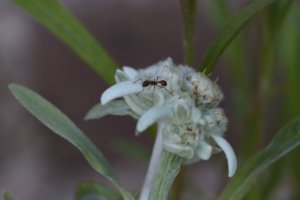
However, grouped en masse in alpine meadows the plant is as thrilling a sight as our own native bluebell woods.
How to grow the Edelweiss flower in the UK
I have found it very easy to grow in a pot. Gritty, sandy compost is best as it will replicate the thin alpine soils that Edelweiss are used to.
After flowering I put it aside and don’t worry about the cold, although I keep it on an outdoor table under a tree so that it doesn’t get too wet. Popping it into a coldframe, if you have one, can help to protect it in a wet winter. Mine obviously thrived in the winter’s heavy snow and cold since summer 2018 has seen more flowers than ever.
The Edelweiss as a tourist attraction
In his book ‘The English Rock Garden’, written in 1913, Reginald Farrer described the sight of massed groupings of the flower as follows;
“It is often a really beautiful sight, covering the highest lawns of the Alps with tufts of grey, and galaxies of pale flannel starfishes”
He goes on to say how easily it spreads, being a great self-seeder and laughs at the tourists of Edwardian times who seek it in the wrong places;
“…every season the misguided go dropping off precipices on which a few stray tufts have seeded down; not knowing that 200 feet higher, in the soft alpine grass, they could be picking basins-full of blossom in half an hour’s gentle and octogenarian stroll before dinner”
Reginald Farrer was obviously fond of the flower and even describes it growing in window boxes in London where “…the smuts enhance its colour”.
Since the Edelweiss is sought by many a tourist visitor to the alps, it retains a reputation for being rare and precious, and indeed years of collection have led now to its protection in the wild.
What does the name Edelweiss mean?
The latin name Leontopodium means ‘lion’s foot’ but the common names better describe its form. The french name ‘Etoile des alpes’ and italian ‘Stella alpina’ both reference the star shaped flowers, whilst the german ‘Edelweiss’ means noble white – signalling the reverence many people have for this flower. The other common name ‘Flannel flower’ I think describes well the felty texture of stem and flower.
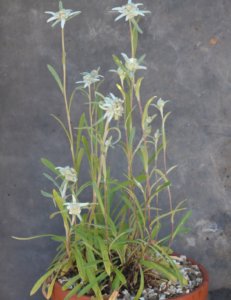
Despite its peculiar looks, I do love my Edelweiss flower. I celebrate the fact that it has achieved such fame and risen from humble mountain plant to become the stuff of legends.
In a world where looks usually trump talent it’s fabulous to see an ugly duckling remaining so, but still finding fame.
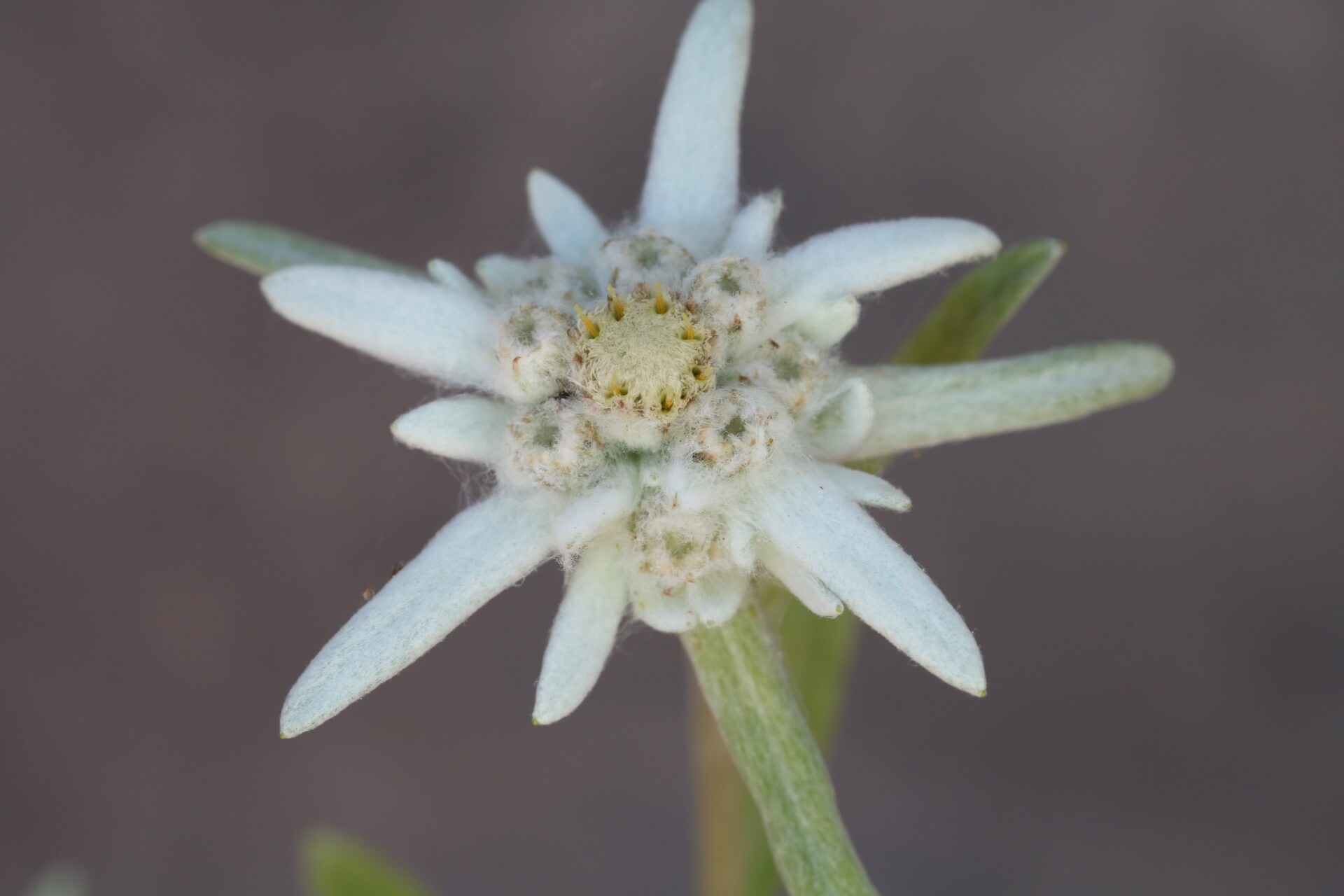
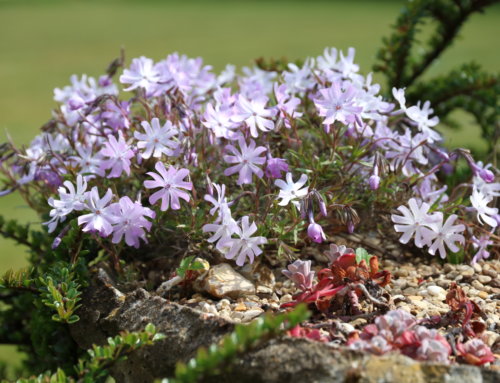
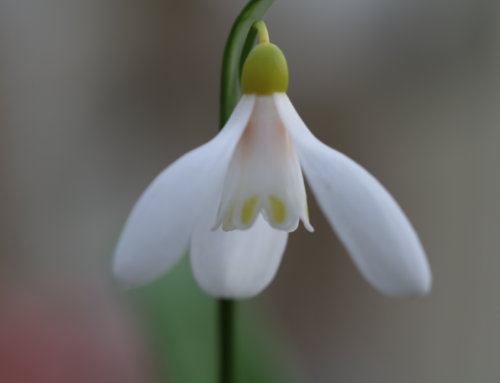
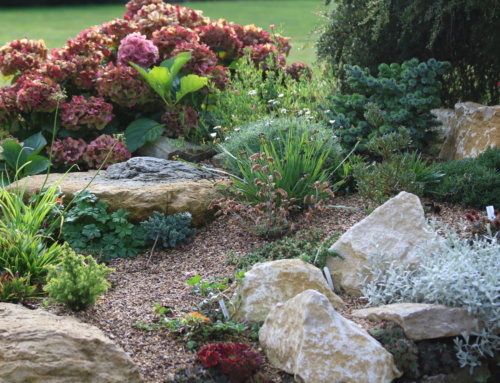
Thanks for a nice post about edelweiss.
I’m working for a company manufacturing personal care ingredients.
Could you discuss with us about growing edelweiss in UK?
I’m just a home gardener and really not an expert on growing edelweiss, especially for cosmetics. Good luck in your commercial ventures though.
Hello I’ve given up with trying to grow Edelweiss they always die on me I’m going to leave it in the pot and that’s all if it dies well that’s the end of me and Edelweiss it’s cost me a Fortune
That’s a shame Brian. I have to say that since writing this piece I planted mine out into a new rockery I built. I think it prefers it out of the pot as this year it’s looked better than ever. I’m keeping my fingers crossed yours survives.